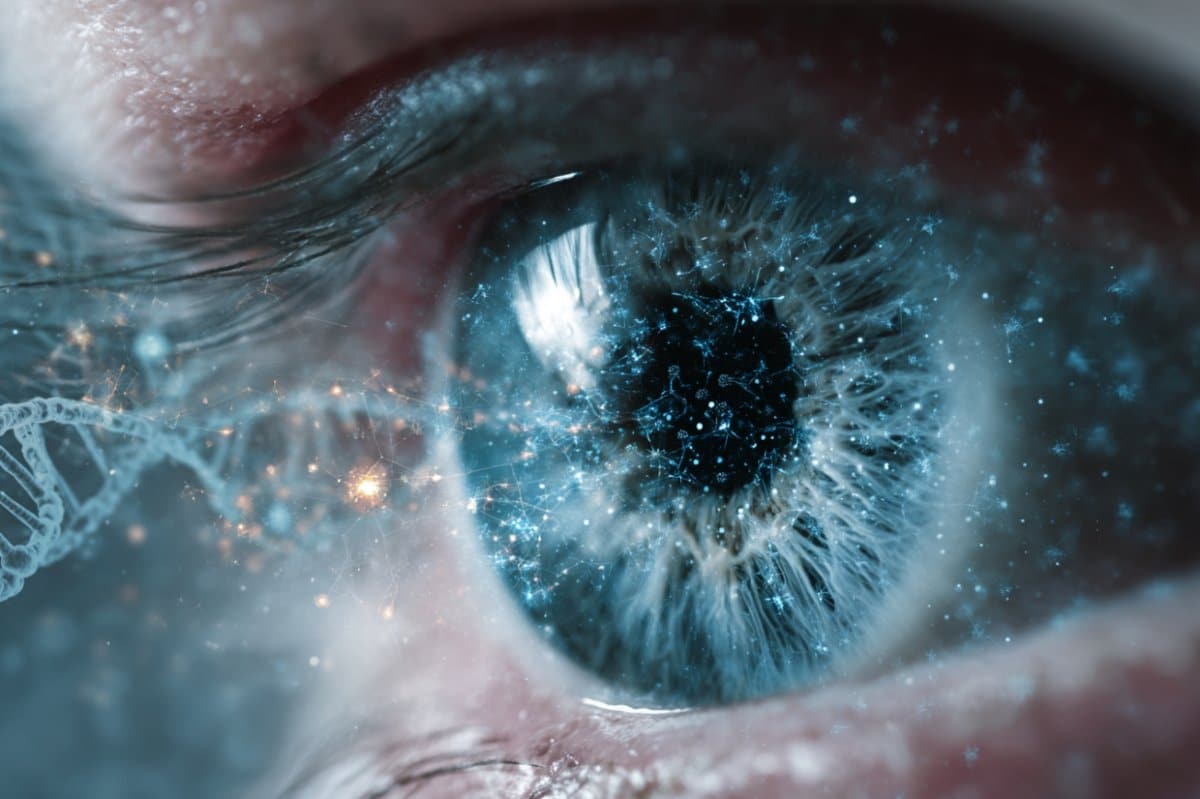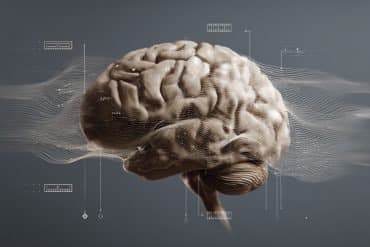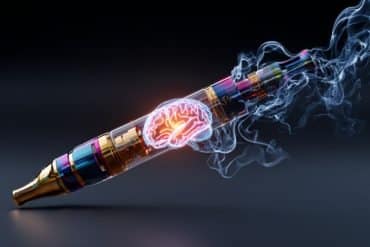Summary: Age-related macular degeneration (AMD) remains a leading cause of vision loss, but new therapies are reshaping its treatment. Recently approved drugs, pegcetacoplan and avacincaptad pegol, target the complement system to slow dry AMD progression.
Wet AMD options have also advanced, with faricimab offering longer intervals between injections and promising combination therapies on the horizon. Gene therapy, stem cells, and photobiomodulation add to an expanding arsenal that could transform patient outcomes.
Key Facts:
- Complement Inhibitors Approved: Pegcetacoplan and avacincaptad pegol slow dry AMD progression by up to 35%.
- Wet AMD Innovation: Faricimab allows up to 16-week dosing, reducing treatment burden.
- Emerging Options: Gene therapy, stem cells, and photobiomodulation show promise but need further study.
Source: FAR Publishing Ltd
Age-related macular degeneration (AMD) remains a leading cause of vision loss globally, with significant advancements in treatment options for both dry and wet AMD.
As highlighted by Huang and colleagues, “Current therapies for dry AMD have limited effectiveness in halting the progression of geographic atrophy (GA), underscoring the need for innovative approaches”.

One of the most notable breakthroughs is the FDA approval of pegcetacoplan and avacincaptad pegol, targeting the complement system to slow GA progression.
Pegcetacoplan, a C3 inhibitor, reduced GA lesion growth by 19–22% in clinical trials, while avacincaptad pegol, a C5 inhibitor, showed a 35% reduction. These therapies address the inflammatory component of AMD, offering hope for a condition previously deemed untreatable.
For wet AMD, anti-VEGF therapies continue to dominate, but newer options like faricimab—a bispecific antibody targeting VEGF and angiopoietin-2—stand out. Faricimab allows extended dosing intervals (up to 16 weeks), reducing the burden of frequent injections.
As Gao et al. note, “Combining complement inhibition with anti-VEGF therapy holds significant potential,” exemplified by IBI302, a dual-targeting drug currently in Phase III trials.
Surprisingly, photobiomodulation (PBM) emerged as a non-invasive option for dry AMD, improving visual acuity by 2.4 letters in the LIGHTSITE III trial. Meanwhile, gene therapy (e.g., RGX-314) and stem cell-based treatments show promise but remain experimental.
These advancements not only refine existing treatments but also challenge traditional paradigms. For instance, the shift from monthly injections to longer-acting therapies could revolutionize patient care. However, challenges like retinal vasculitis with pegcetacoplan remind us of the need for cautious optimism.
In summary, the AMD treatment landscape is evolving rapidly, with novel mechanisms and improved delivery systems offering brighter prospects for patients. As research continues, the focus on combination therapy and personalized precision medicine may further transform outcomes.
About this AMD and vision loss research news
Author: Chris Zhou
Source: FAR Publishing Ltd
Contact: Chris Zhou – FAR Publishing Ltd
Image: The image is credited to Neuroscience News
Original Research: Open access.
“Recent Advancements in the Treatment of Age-Related Macular Degeneration” by Shan Liu et al. Med Research
Abstract
Recent Advancements in the Treatment of Age-Related Macular Degeneration
Age-related macular degeneration (AMD) is a prevalent cause of visual impairment and blindness among the elderly. AMD can be categorized into two subtypes: “wet” and “dry.”
Current treatments for wet AMD mainly involve anti-vascular endothelial growth factor (VEGF) drugs, and there are three U.S. Food and Drug Administration-approved treatments for dry AMD.
However, these therapies come with certain limitations: Anti-VEGF therapy necessitates multiple intravitreal injections; some patients may exhibit inadequate responses or encounter complications such as progressive fibrosis.
Furthermore, the current treatments for dry AMD have yet to demonstrate sufficient efficacy. Numerous innovative drugs are presently under development to address these challenges.
By conducting an extensive review of relevant literature and reports both domestically and internationally, we provide a comprehensive overview of the classification, pathophysiology, risk factors, and treatment strategies related to AMD.
In this review, we systematically summarize the treatment approaches for various types of AMD, including the most recently approved drugs and therapeutic strategies, and provide a detailed overview of the advancements in ongoing clinical trials.






